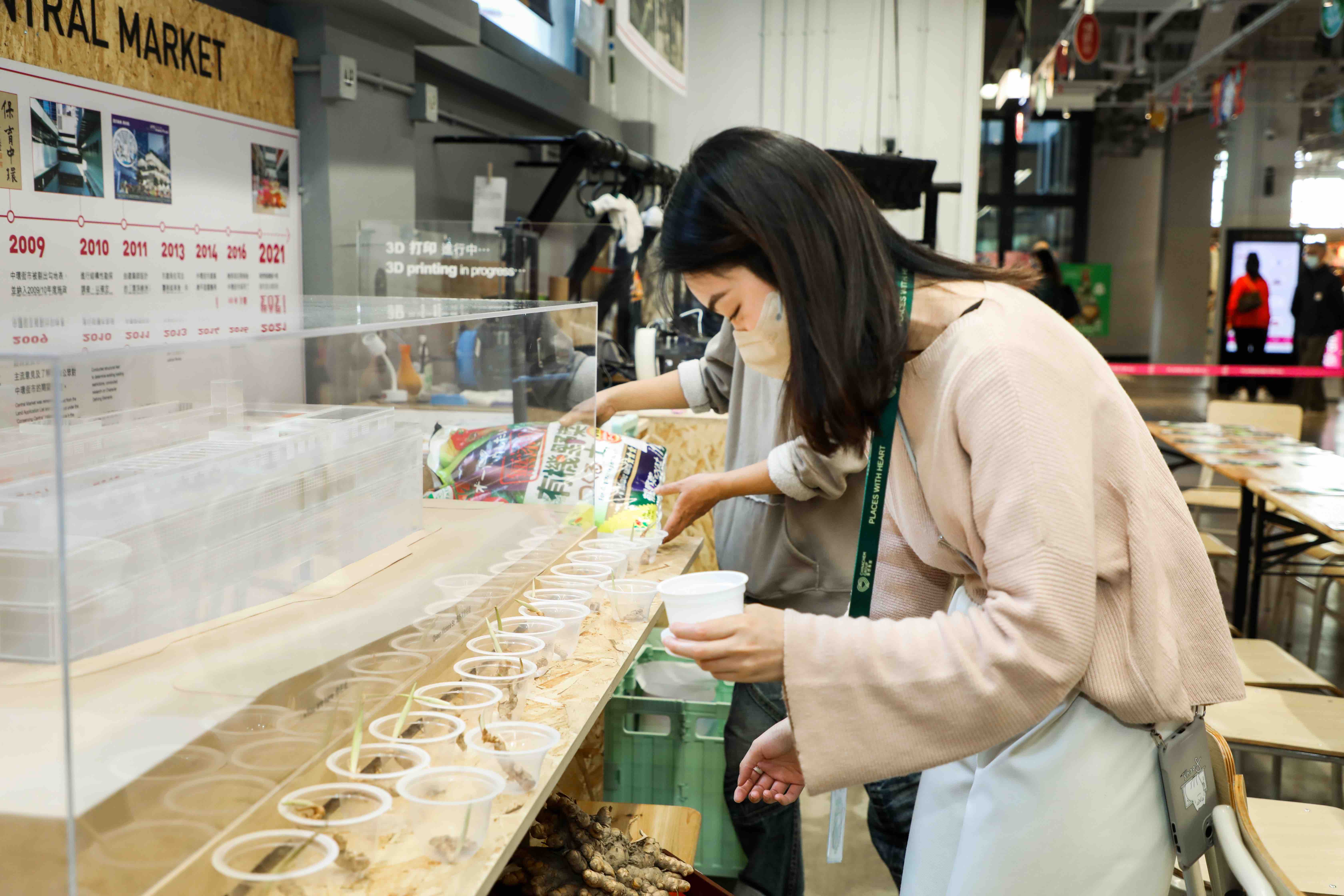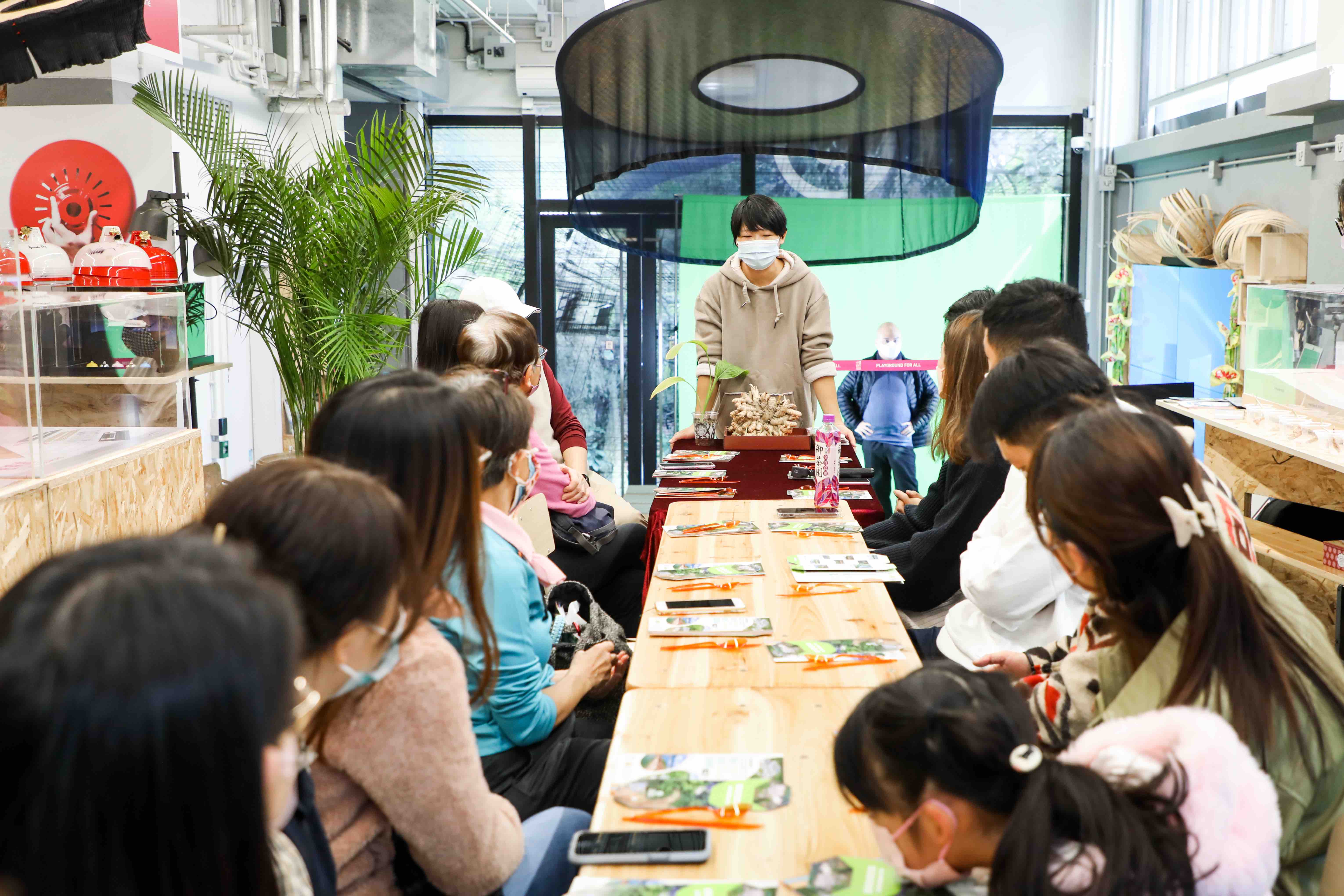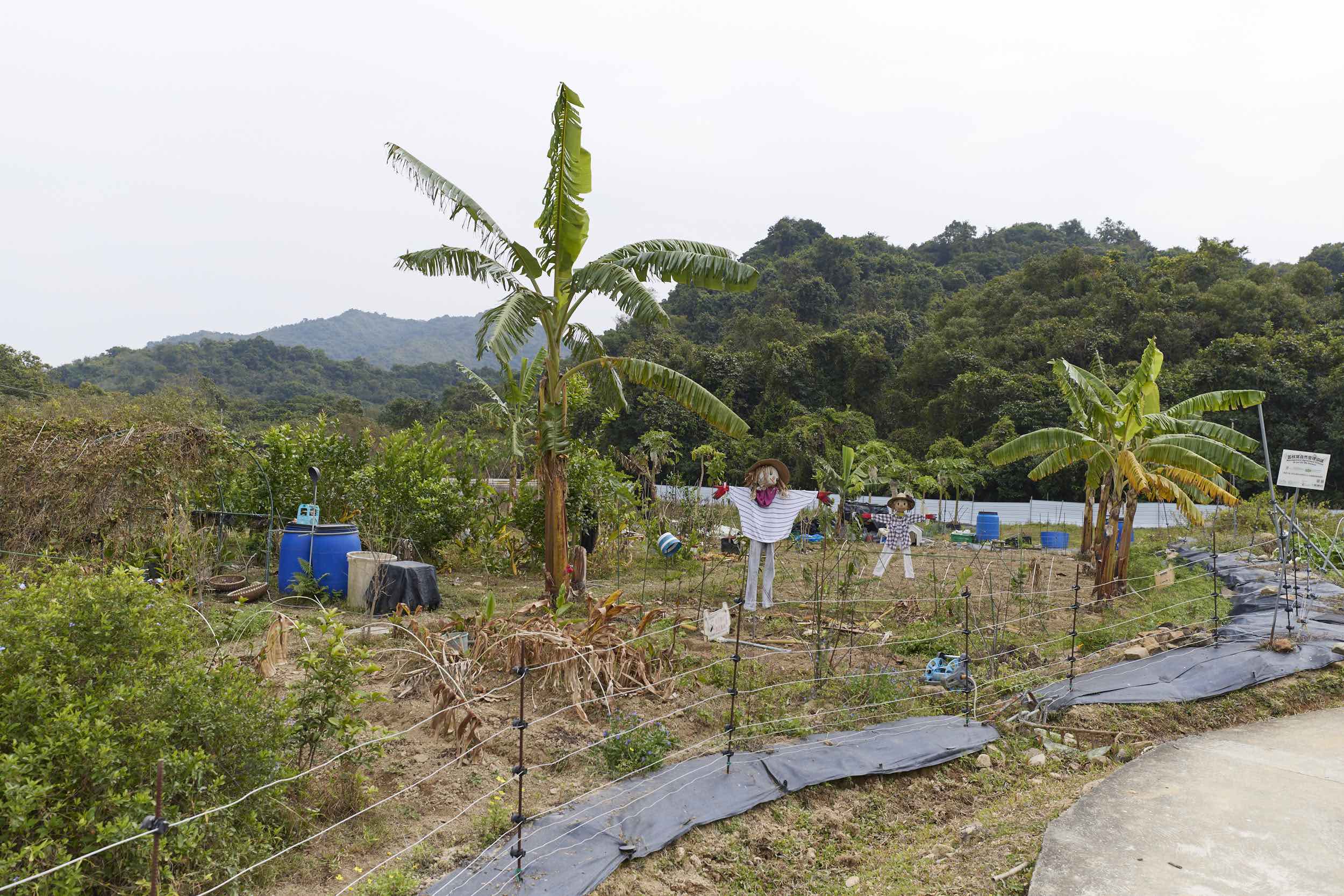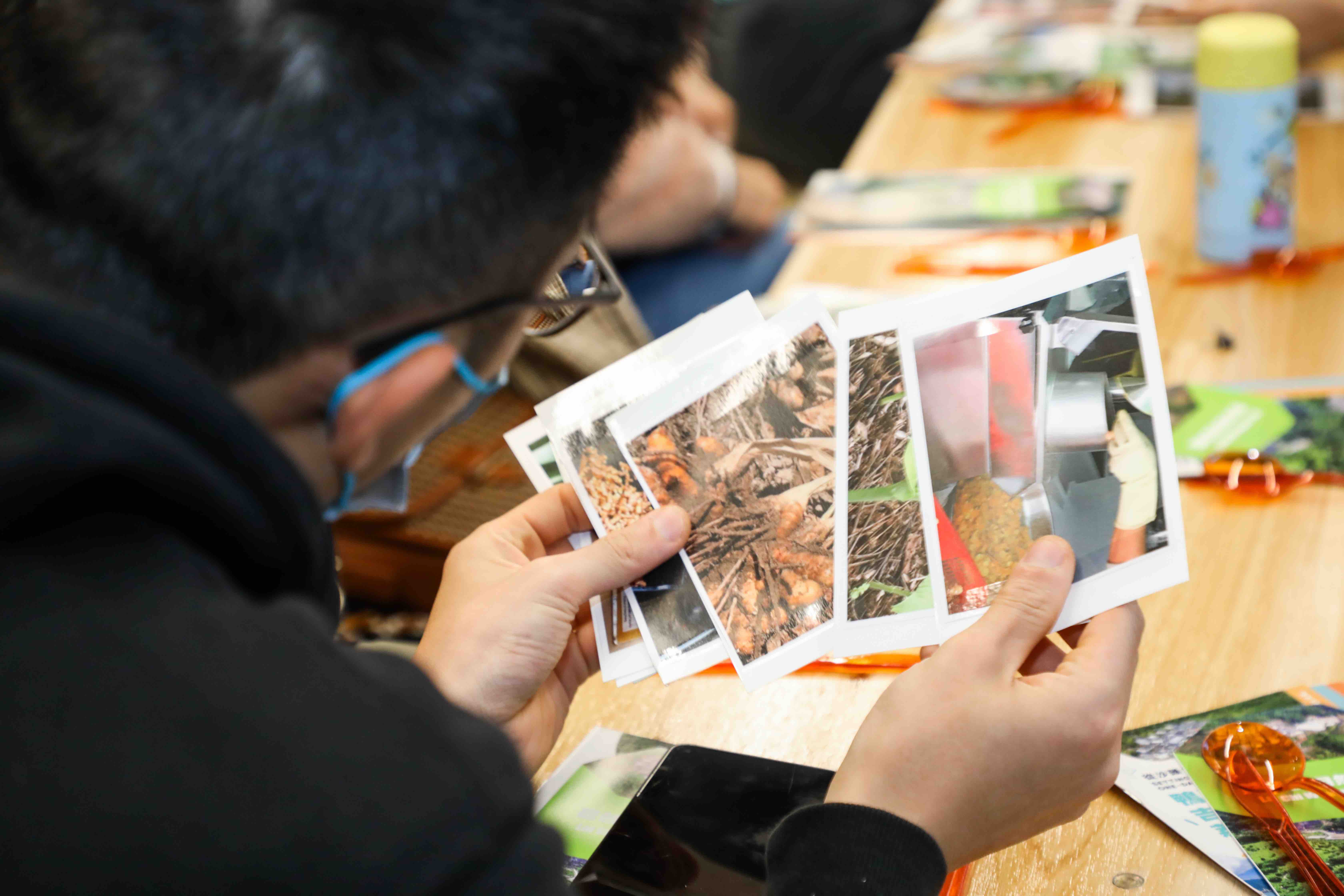It is not easy for Lai Chi Wo to cultivate 100% Hong Kong-grown Arabica coffee beans. It is well known that Lai Chi Wo, located in the northern part of the Hong Kong UNESCO Geopark, is a Hakka village with hundreds of years of history. However, this Hakka village has had the same fate as other villages in the New Territories, with its original residents either emigrating overseas or going to work in Kowloon and Hong Kong, leaving the village to face the fate of being abandoned.

In 2013, with the support of the Hong Kong Countryside Foundation, the Produce Green Foundation, the Conservancy Association and HSBC, the Centre for Civil Society and Governance at the University of Hong Kong launched a revitalization plan for the recultivation of Lai Chi Wo, recruiting some Hakka residents and citizens to implement the project. They leased 40,000 square meters of farmland for cultivation, growing crops that included turmeric, ginger, papaya and of course the most important one, the coffee that confounds everyone's perception.
Traditionally, coffee is considered a mountain crop most suited to planting in high-altitude areas. However, farmers in Lai Chi Wo have successfully planted coffee bushes locally, which has indeed defied everyone's imagination. The Produce Green Foundation introduced the first batch of Arabica coffee seedlings from Kadoorie Farm in 2015, then started planting dozens of coffee bushes in Lai Chi Wo. In 2017, the University of Hong Kong expanded the scale of planting and experimented with the method of "agroforestry" which brought successful results, helping this remote Hakka village grow batch after batch of coffee beans. So, what is "agroforestry"?
Recultivation involves cutting and splitting trees to reclaim the arable land, but this process is contrary to the concept of harmony with nature and sustainable development. As a result, farmers think that if they want to preserve the forest, especially considering the large temperature difference between day and night and lack of sunshine inLai Chi Wo, they can consider planting coffee trees, because coffee can be planted in shady places under the shade of native trees. The farmers in Lai Chi Wo do not use pesticides in the process of growing coffee beans, but only rely on natural fertilizers such as oyster shells, cow dung and biochar. As for irrigation, they rely on rainfall which is 100% natural.
Lai Chi Wo farmers planted a total of 99 Arabica coffee bushes in four different varieties in 2019, of which only 10 were harvested, with an output of only about 2 kilograms. But today, Lai Chi Wo coffee has become the signature of this ancient Hakka village. When tourists are roaming in the coffee garden, the farm coffee masters will iexplain the production methods and offer an opportunity to taste different styles of Lai Chi Wo coffee. While "smelling" the hidden nutty aroma of coffee, tourists can fantasize that they are in a Hakka village hundreds of years ago, farming in a way that integrates nature and learning the Hakka people's spirit of respecting and revering Mother Nature.
At present, the agricultural products of Hakka Village in Lai Chi Wo include:
- Lai Chi Wo Coffee: using the uncultivated terraced fields to grow coffee in an "agroforestry" way, without pesticides, replying only on natural fertilizers and rain irrigation. Farmers will harvest the coffee “cherries”, then roast and process them into local coffee beans.
- Turmeric: Used as a spice and natural dye in Asian dishes such as curries and turmeric rice. Lai Chi Wo products include fresh turmeric, sun-dried turmeric flakes, turmeric powder and tea.
- White radish: The sweet and juicy white radish harvested in Lai Chi Wo is most suitable for making radish cake and as a hot pot ingredient. Lai Chi Wo white radish products include fresh white radish and preserved radish.
- Rice: Since 2014, farmers have replanted rice in Lai Chi Wo. The village’s rice products include white rice, brown rice and rice tea.
- Non-GMO papaya: Lai Chi Wo is located in a remote area and the chance of genetic contamination is low, so non-genetically modified (GM) papaya can be grown. At present, there are two varieties of GM-free papaya in Lai Chi Wo – Hong Fei and Toi Nong No.2. Lai Chi Wo GMO-free papaya products include fresh, dried and pickled papaya.
- Ginger: Lai Chi Wo products include fresh ginger, sun-dried ginger slices, ginger powder, ginger tea, brown sugar ginger tea bricks, ginger soap and liquid soap.


